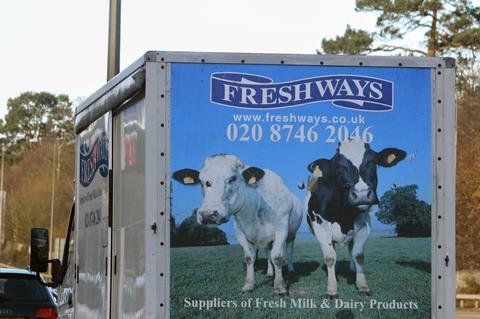
Liquid milk processor Freshways has responded to soaring input costs by increasing its farmgate milk price by a minimum of three pence per litre from the start of next year.
The supplier’s MD Bali Nijjar said the price rise to at least 33ppl was “in recognition of escalating farm costs of production” and could rise even higher, further to ongoing discussions with its customers.
While admitting “getting these increases through,” particularly with the company’s larger customers, “wasn’t easy”, Nijjar said they were now required due to increasingly challenging trading conditions.
Freshways completed its merger with rival Medina Dairy in July, with the two companies due to integrate by the end of the year, subject to CMA approval.
Its planned price rises come as average farmgate milk prices across the dairy sector hit their highest levels since November 2018 in August, according to the most recent data available from AHDB. Its GB all milk price of 31.37ppl was also the third highest in more than six years.
Given the subsequent price increases since August, the average highs of 32/33ppl seen in 2014 could be breached over the coming months, with AHDB predicting a potential 2ppl price increase by January against September levels.
However, its lead analyst for dairy, Patty Clayton, stressed increases “would be dependent on the ability of processors to negotiate higher selling prices”.
Dairy faces ‘reset’ as rocketing input costs drive up prices
It follows warnings by agricultural consultancy Kite, first reported by The Grocer a fortnight ago, that milk prices needed to rise due to inflationary pressures, with those who resisted at risk of losing out to buoyant export markets.
“The strong feeling in the market is that this will not continue – processors will simply stop supply,” said Kite director John Allen. “This introduces an interesting dynamic to the market, particularly at a time when supplies are being interrupted due to lorry driver availability and covid, as well as more complex trading with the EU.”
Those inflationary pressures were laid bare in feed supplier AF’s most recent Aginflation Index, published last month, which revealed the cost of farming inputs had risen by almost 22% between September 2020 and September 2021.
Five out of AF’s nine input classes saw double digit inflation with fuel and fertiliser seeing unprecedented increases of 79.9% and 51.2% respectively. Agricultural inflation continued “to race ahead and there has already been a further 50% increase on fertiliser prices since the end of this reporting period”, AF reported.







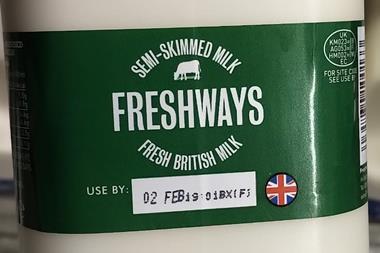
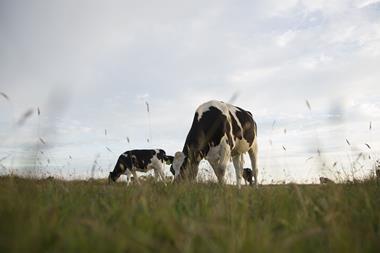

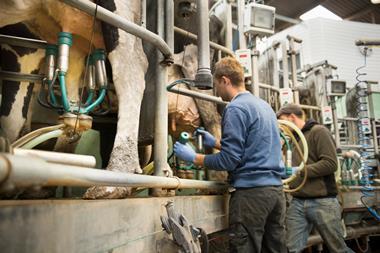
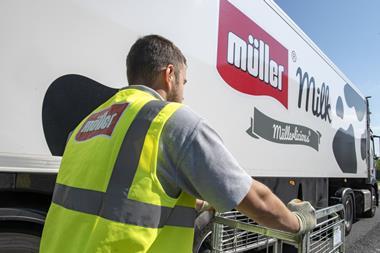
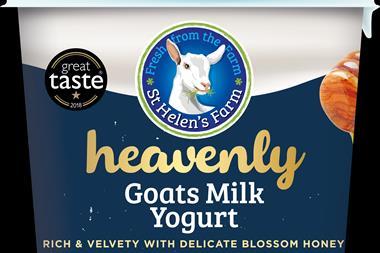






No comments yet